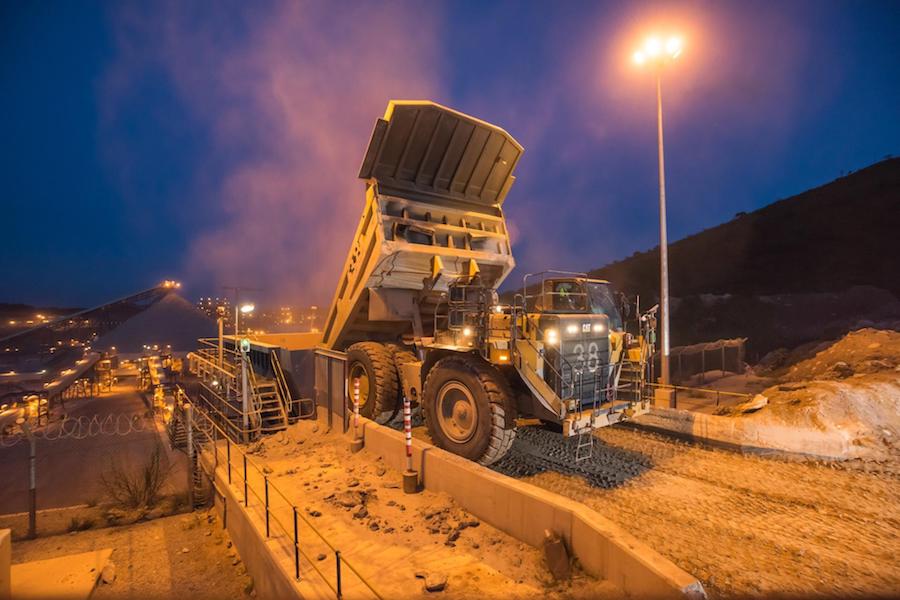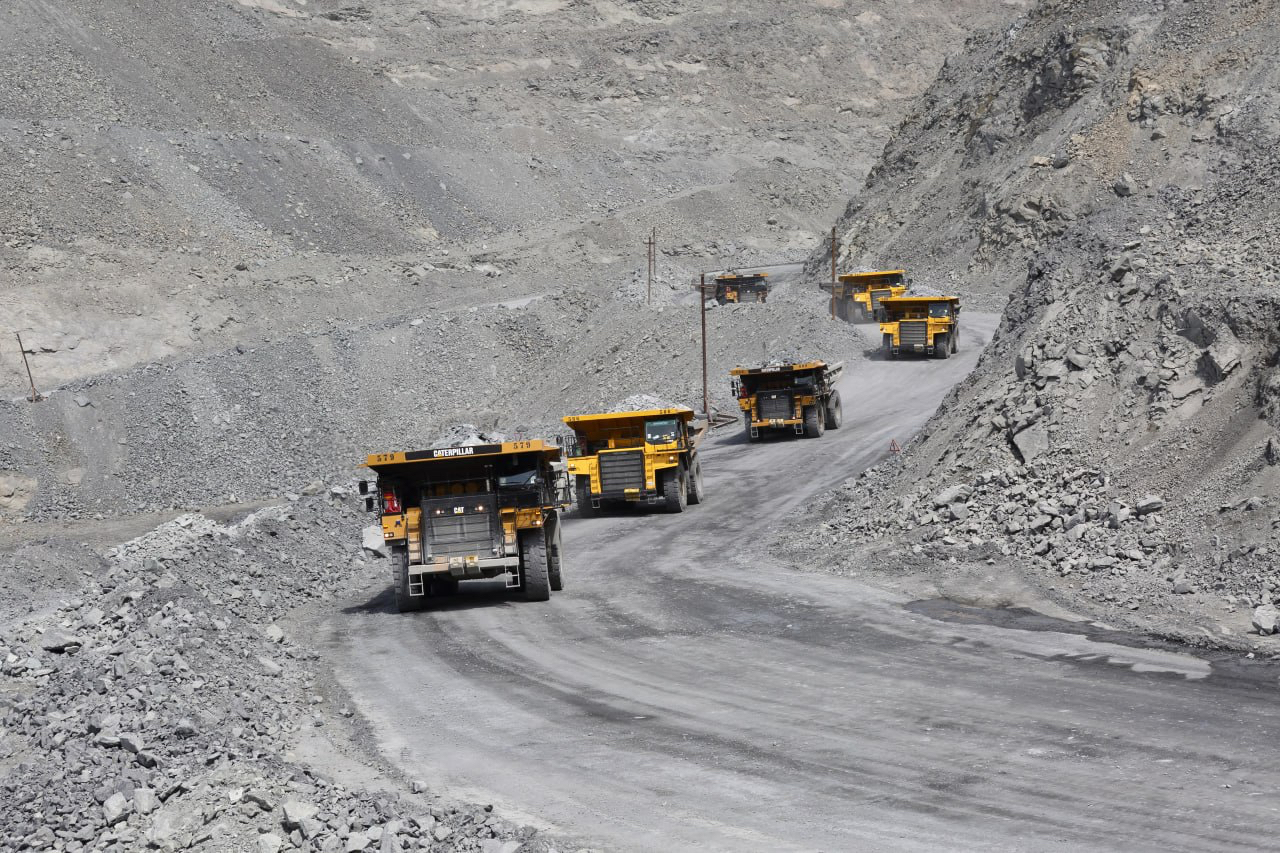Congo’s swing producers turn to copper after cobalt meltdown

Production of hand-dug cobalt in the Democratic Republic of Congo is poised to drop sharply after prices tumbled, prompting many of the country’s thousands of artisanal miners to switch focus to copper instead.
Congo last year produced about 72% of the world’s cobalt, a key ingredient in the rechargeable batteries that power electric vehicles and smartphones. While most of the country’s production is from large, mechanized mines run by companies including Glencore Plc, diggers that use rudimentary tools tend to respond more quickly to price changes.
Artisanal output soared during cobalt’s rally during 2017 and early 2018 and accounted for as much as 20% of Congo’s production of the metal last year, according to Darton Commodities. The Congolese authorities say the figure was as high as 30%. After a supply glut sent cobalt prices plummeting about 70% from the peak, many of the country’s artisanal miners are now switching focus to copper instead.
“At the moment the diggers prefer to work the copper,” said Jacques Kaumbu, the president of a mining cooperative in Lualaba province. “The old cobalt pits no longer interest them.”
Artisanal output could decline by more than 70% this year, according to Andries Gerbens, a cobalt specialist at Darton Commodities
The workforce at Kaumbu’s cooperative has halved this year to around 500 and the group is only producing 2,000 tons of ore a month, 15% of which is cobalt, compared with 4,000 tons of cobalt ore and 1,000 tons of copper a year ago.
Artisanal output could decline by more than 70% this year, according to Andries Gerbens, a cobalt specialist at Darton Commodities. While precise numbers are unavailable, as many as 200,000 people in the Katanga region make a living by extracting minerals by hand.
Artisanal production will retreat to levels seen in 2013 to 2016 before the boom, said Jack Bedder, a cobalt expert and director at Roskill Information Services.
Also in Lualaba, closely held Chemaf Sarl and its partner Trafigura Group Ltd. are reviewing the future of their pilot artisanal-mining project. Lower cobalt prices make the venture “immensely challenging,” said Trafigura Head of Social Responsibility James Nicholson. The Mutoshi Cobalt artisanal project has shed about about 2,800 of its 4,100 authorized diggers this year.
Looking ahead, artisanal miners are seen returning to cobalt once the market switches back into an expected deficit during the next decade, driven by a forecast surge in electric-vehicle sales, according to analysts including Darton Commodities.
“Artisanal mining will continue to be the swing producer,” said George Heppel, senior analyst at CRU Group.
(By William Clowes)
More News
Mongolia-China railway extension to increase coal transport capacity by 30Mt
May 16, 2025 | 01:17 pm
{{ commodity.name }}
{{ post.title }}
{{ post.date }}



Comments